Gran Pirámide de Cholula
( Great Pyramid of Cholula )The Great Pyramid of Cholula, also known as Tlachihualtepetl (Nahuatl for "made-by-hand mountain"), is a complex located in Cholula, Puebla, Mexico. It is the largest archaeological site of a pyramid (temple) in the world, as well as the largest pyramid by volume known to exist in the world today. The adobe brick pyramid stands 25 metres (82 ft) above the surrounding plain, which is significantly shorter than the Great Pyramid of Giza's height of 146.6 metres (481 ft), but much wider, measuring 300 by 315 metres (984 by 1,033 ft) in its final form, compared to the Great Pyramid's base dimensions of 230.3 by 230.3 metres (756 by 756 ft). The pyramid is a temple that traditionally has been viewed as having been dedicated to the god Quetzalcoatl. The architectural style of the building was linked closely to that of Teotihuacan in the Valley of Mexico, although influence from the Gulf Coast is evident...Read more
The Great Pyramid of Cholula, also known as Tlachihualtepetl (Nahuatl for "made-by-hand mountain"), is a complex located in Cholula, Puebla, Mexico. It is the largest archaeological site of a pyramid (temple) in the world, as well as the largest pyramid by volume known to exist in the world today. The adobe brick pyramid stands 25 metres (82 ft) above the surrounding plain, which is significantly shorter than the Great Pyramid of Giza's height of 146.6 metres (481 ft), but much wider, measuring 300 by 315 metres (984 by 1,033 ft) in its final form, compared to the Great Pyramid's base dimensions of 230.3 by 230.3 metres (756 by 756 ft). The pyramid is a temple that traditionally has been viewed as having been dedicated to the god Quetzalcoatl. The architectural style of the building was linked closely to that of Teotihuacan in the Valley of Mexico, although influence from the Gulf Coast is evident as well, especially from El Tajín.
 Model of the various structures that make up the pyramid
Model of the various structures that make up the pyramidThe Great Pyramid was an important religious and mythical centre in preinvasion times.[1] Over a period of a thousand years prior to the Spanish Invasion, consecutive construction phases gradually built up the bulk of the pyramid until it became the largest in Mexico by volume.[1]
Classic Comparison of approximate profiles of the Great Pyramid of Cholula with some notable pyramidal or near-pyramidal buildings. Dotted lines indicate original heights, where data is available. In its SVG file, hover over a pyramid to highlight and click for its article.
Comparison of approximate profiles of the Great Pyramid of Cholula with some notable pyramidal or near-pyramidal buildings. Dotted lines indicate original heights, where data is available. In its SVG file, hover over a pyramid to highlight and click for its article.The temple-pyramid complex was built in four stages, starting from the 3rd century BC through the 9th century AD, and was dedicated to the deity Quetzalcoatl. It has a base of 300 by 315 metres (984 by 1,033 ft) and a height of 25 m (82 ft). According to the Guinness Book of Records, it is, in fact, the largest pyramid as well as the largest monument ever constructed anywhere in the world, with a total volume estimated at over 4.45 million cubic metres, even larger than that of the taller Great Pyramid of Giza in Egypt, which is about 2.5 million cubic metres.[2] The ceramics of Cholula were closely linked to those of Teotihuacan, and both sites appeared to decline simultaneously.[3] The Postclassic nahuas called the pyramid Tlachihualtépetl or "hand-made mountain", which means they believed the structure was built by human hands instead of by sacred beings.[4]
At its peak, Cholula had the second largest population in Mexico of an estimated 100,000 people living at this site.[5] Though the ancient city of Cholula remained inhabited, residents abandoned the Great Pyramid in the 8th century as the city suffered a drastic population drop.[6] Even after this population drop, the Great Pyramid retained its religious importance.[1]
The site was once called Cholollan meaning "the place of those who fled", a clear reference to the events written on the text Anales de Cuauhtinchan, where a group of tolteca-chichimeca arrive and conquer the city after running from their previous capital city, tollan-xicocotitlán.[7]
Postclassic and ColonialThe Toltec-Chichimec History, a codex from the Cholula region, relates that an Olmec-Xicalanca lord with the title Aquiyach Amapane resided at the Great Pyramid.[8] In the 12th century, after the Toltec-Chichimecas took over the city, religious focus shifted away from the pyramid and to a new temple.[9] Even during the Postclassic period, long after locals abandoned the pyramid, they continued to bury their deceased around the structure, demonstrating its continued importance.[10] By the time the Spanish arrived, the pyramid was overgrown, and by the 19th century it was still undisturbed, with only the church built in the 16th century visible.[11]
Modern historyArchitect Ignacio Marquina started exploratory tunnelling within the pyramid in 1931.[12] By 1954, the total length of tunnels came to approximately 8.0 kilometres (5 mi).[12]
Today the pyramid at first looks like a natural hill.[13] This is the Iglesia de Nuestra Señora de los Remedios (Church of Our Lady of Remedies), also known as the Santuario de la Virgen de los Remedios (Sanctuary of the Virgin of Remedies), which was built by the Spanish in colonial times (1594) on top of the temple. The church is a major pilgrimage destination, and the site is also used for the celebration of many native rites. Many ancient sites in Latin America are found under Catholic sites, due to the practice of the Catholic Church of destroying local religious sites.
Because of the historic and religious significance of the church, which is a designated monument, the pyramid as a whole has not been excavated and restored, as have the smaller but better-known pyramids at Teotihuacan. Inside the pyramid are some five miles (8 km) of tunnels excavated by archaeologists.







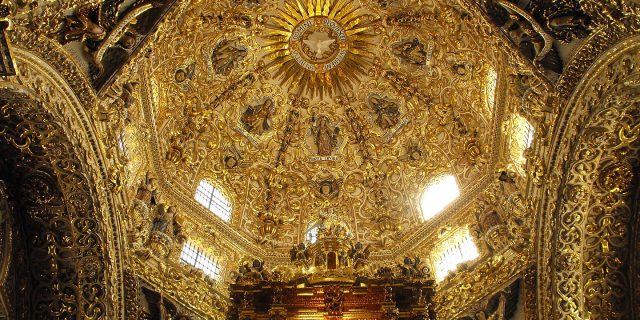
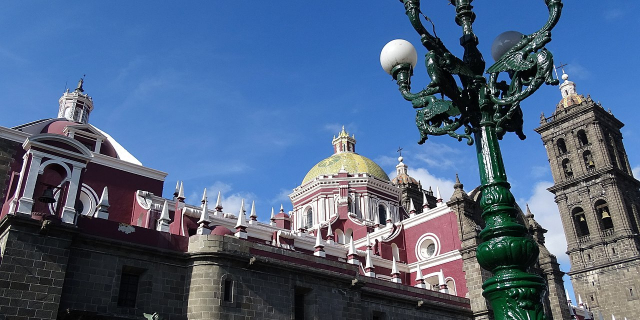
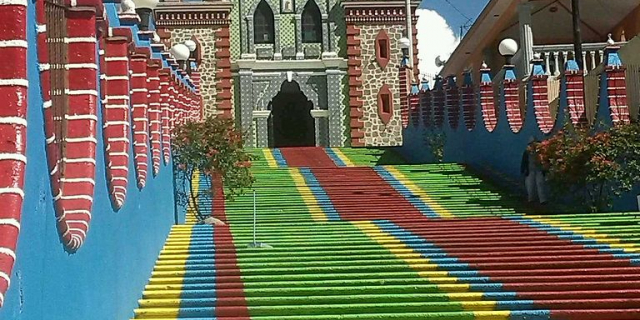

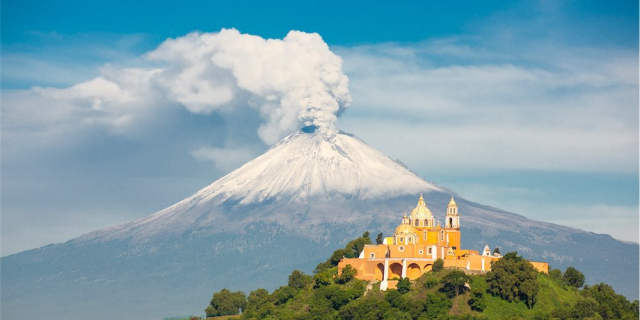


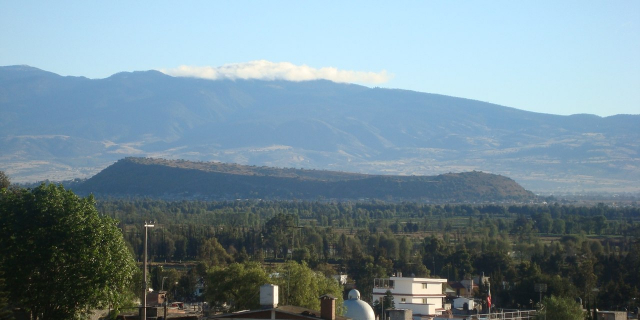






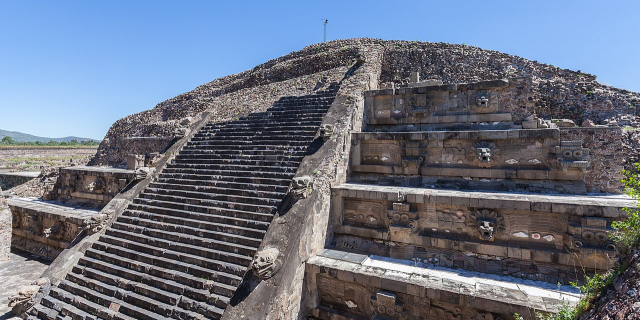

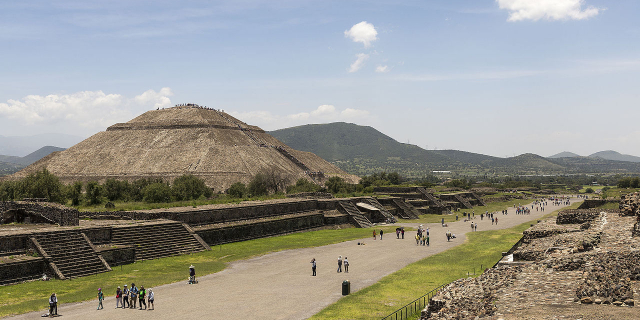
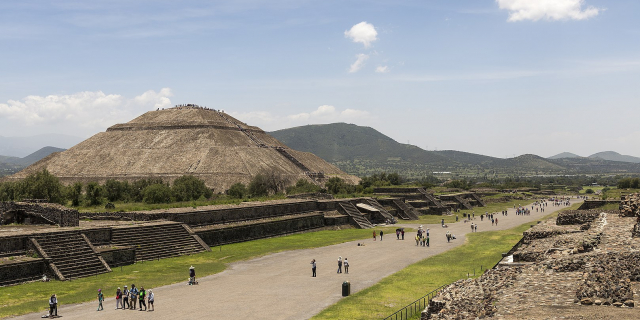

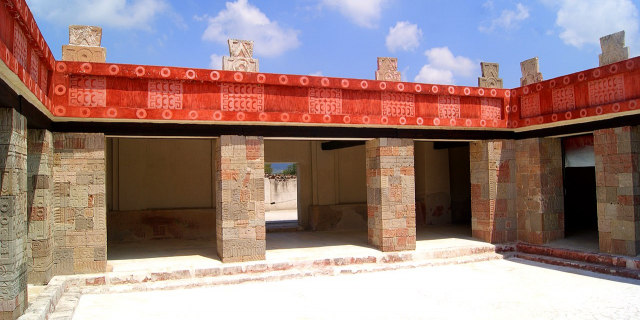
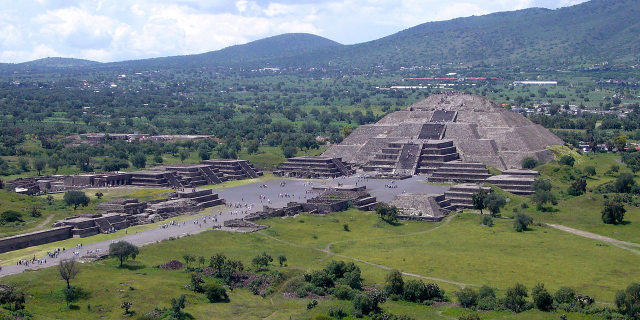
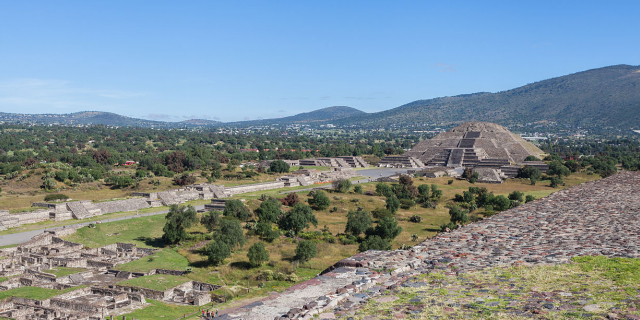
Add new comment